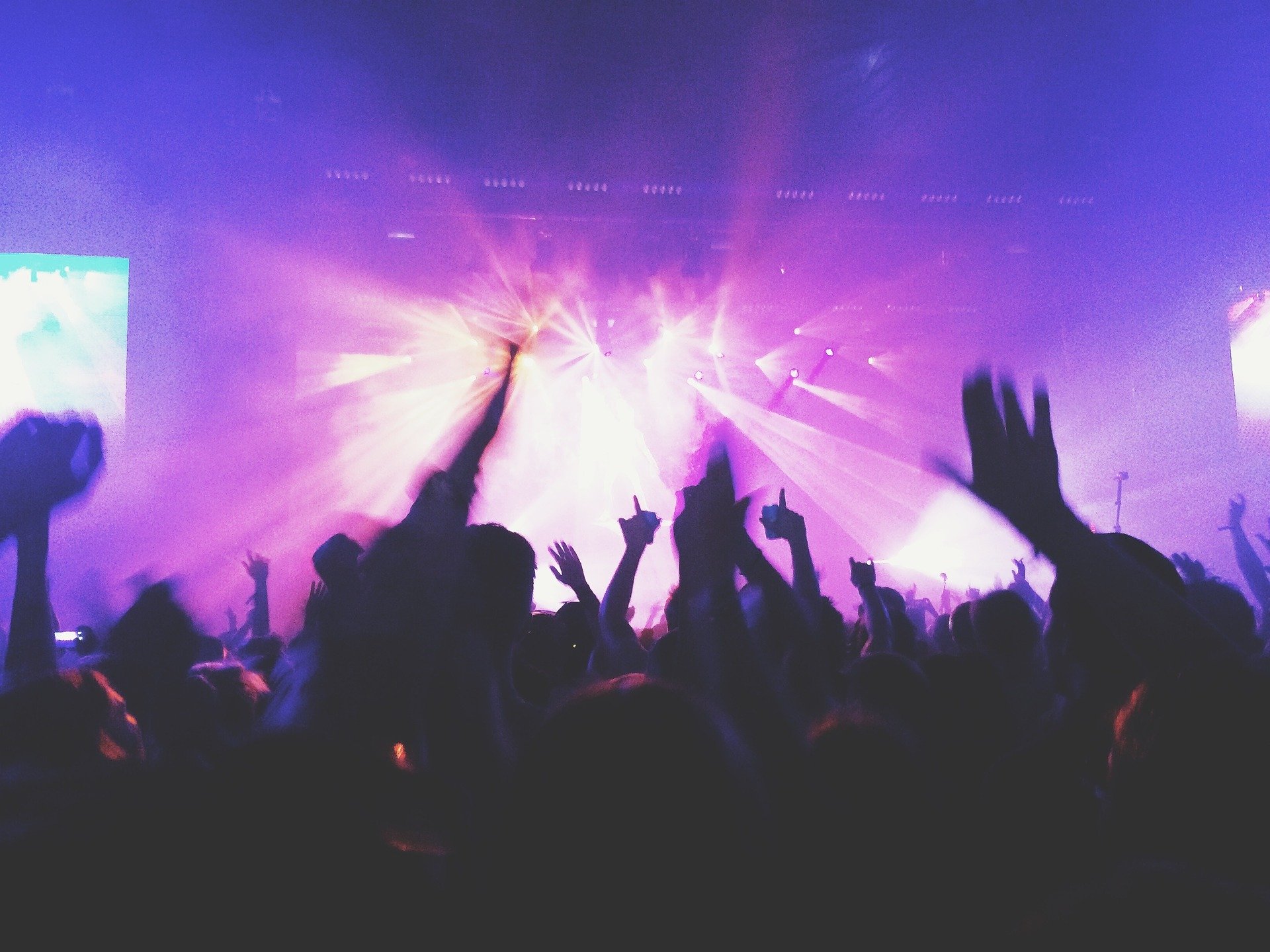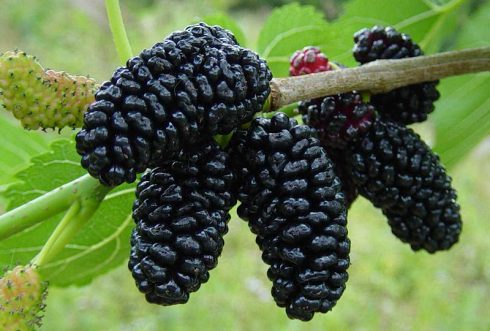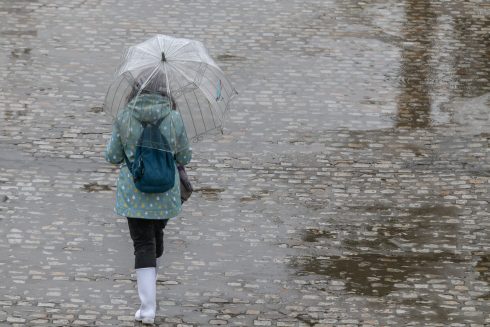SALA Apolo in Barcelona will stage an experimental concert to test the spread of COVID-19.
Spanish researchers led by Bonaventura Clotet (President of the Foundation for the Fight against AIDS and Infectious Diseases) and expert Boris Revollo Barriga, have organised an experiment to simulate a real concert scenario pre-COVID to study the risk of virus transmissions in large and enclosed events.
Due to the coronavirus pandemic, live event organisers have had to cancel all large gatherings from technology conferences to major concerts.
With the ease of restrictions, some localities across Spain have permitted socially distanced concerts, but they still pale in comparison to the jam-packed concerts of just 10 months ago.
This experiment could be key in the recovery of live concerts in a similar way to how they were done before the pandemic: without restrictions on the public and without maintaining safety distances.
This pilot experience is being carried out by the hospital of Can Ruti in collaboration with the organisation of the Primavera Sound Festival.
More than a thousand people will attend the concert, which is to take place during this month of October, though the actual day has not been revealed.
On the same day of the concert, all participants will go through a swab test to ensure they are healthy and will be required to wear an FFP2 mask.
A follow-up on the participants will be done post concert.
The aim is to bring some clarity to the nightlife situation as well as to measure the effectiveness of rapid antigen testing.
In August, researchers in Germany also led a similar experiment with the aim to study the risk of virus transmissions in large and enclosed events.
Conducted by scientists from the University of Halle, the research experiment was held at the Quarterback Real Estate Arena where around 1,500 volunteers turned up for the study.
To ensure accurate results, German pop singer Tim Bendzko volunteered to play three separate concerts as realistically as possible to represent genuine audience behaviour for three simulated scenarios of the research.
In addition, a fluorescent disinfectant was used to highlight the surfaces most frequently touched.
The results of the Halle experiment will be available this autumn.








